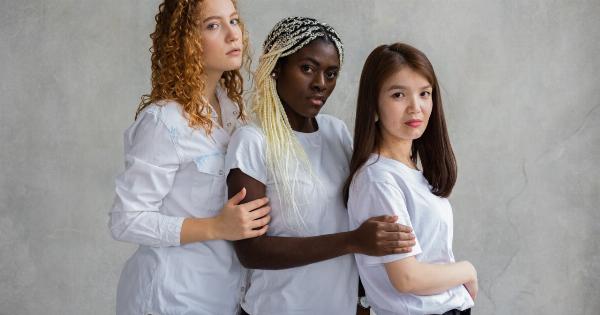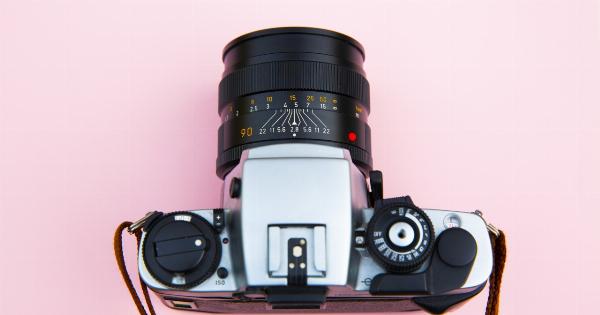Breasts are a vital part of femininity, and they come in all shapes and sizes. They have cultural, social and biological significance that differs from one society to another.
In this article, we will examine the cultural heritage of your breasts and the impact they have on your self-image and cultural identity.
Biological Significance of Breasts
Biologically, breasts are designed to provide nutrition for infants. Female mammals, including humans, tend to have larger breasts than males because it is essential for nurturing and feeding newborns.
However, the shape and size of breasts vary considerably among individuals. Some women have breasts that are naturally large or small, while others may modify the shape and size through surgical procedures.
Cultural Significance of Breasts
Beyond their biological function, breasts have different meanings in varying cultural contexts.
For instance, in some cultures, exposed breasts are seen as a symbol of femininity and beauty, while in others, they are considered taboo or sexualized features that must be covered or modified. In African cultures, for instance, bare-chested women are often seen as a symbol of strength and dignity.
Breast Enhancement Practices
In many modern societies, breast size and shape are considered critical to female beauty standards. As a result, many women undergo breast enlargement or reduction procedures to achieve their preferred look.
There are forms of practices across the globe, which women avail for breast enlargement or reduction. The practices range from creams, exercise, acupuncture therapy, massages and sometimes even dangerous methods such as injections of oils.
The Impact of Western Culture on Breasts
Western culture, through media and social norms, has had a significant impact on how women perceive their breasts’ size and shape.
Most fashion models, for instance, have small-to-medium breasts and are used to sell clothes, despite clothing being worn on breasts. This promoting standard has resulted in women feeling pressured if they do not have the “ideal” breast size.
Perception of Breasts in Society
Breast size and shape are essential in various roles women perform. Actresses, models, and musicians are often required to have a particular breast size or shape to be considered viable for their role.
It is not uncommon for women to face sexual harassment or discrimination based on their breast size or shape in workplaces or other settings.
Breastfeeding in Public
Across the world, the practice of breastfeeding in public is widely debated. Breastfeeding in public is a right, and they must educate themselves about their local laws to avoid offending anyone.
However, it is still a taboo and not readily accepted in public places. This taboo on breastfeeding in public makes it more difficult for new mothers, especially those who are insecure, to breastfeed outside the comfort of their homes.
The Psychological Impact of Breasts
Breasts are not only a biological or cultural element but have psychological effects on women too.
Women often have a love-hate relationship with their breasts, ranging anywhere from dissatisfaction with breast size, shape, and even their existence, which can cause anxiety and depression. In many societies, breast size and shape are taken as an identity, and any changes to it can also cause emotional reactions in women.
Conclusion
Breasts are cultural, social, and biological elements that have a significant impact on your self-image and cultural identity. However, one can be proud of what they have and not overtaken by what society or culture regards as perfect.
It is important to acknowledge the differences in shapes, sizes, and their cultural significances.































